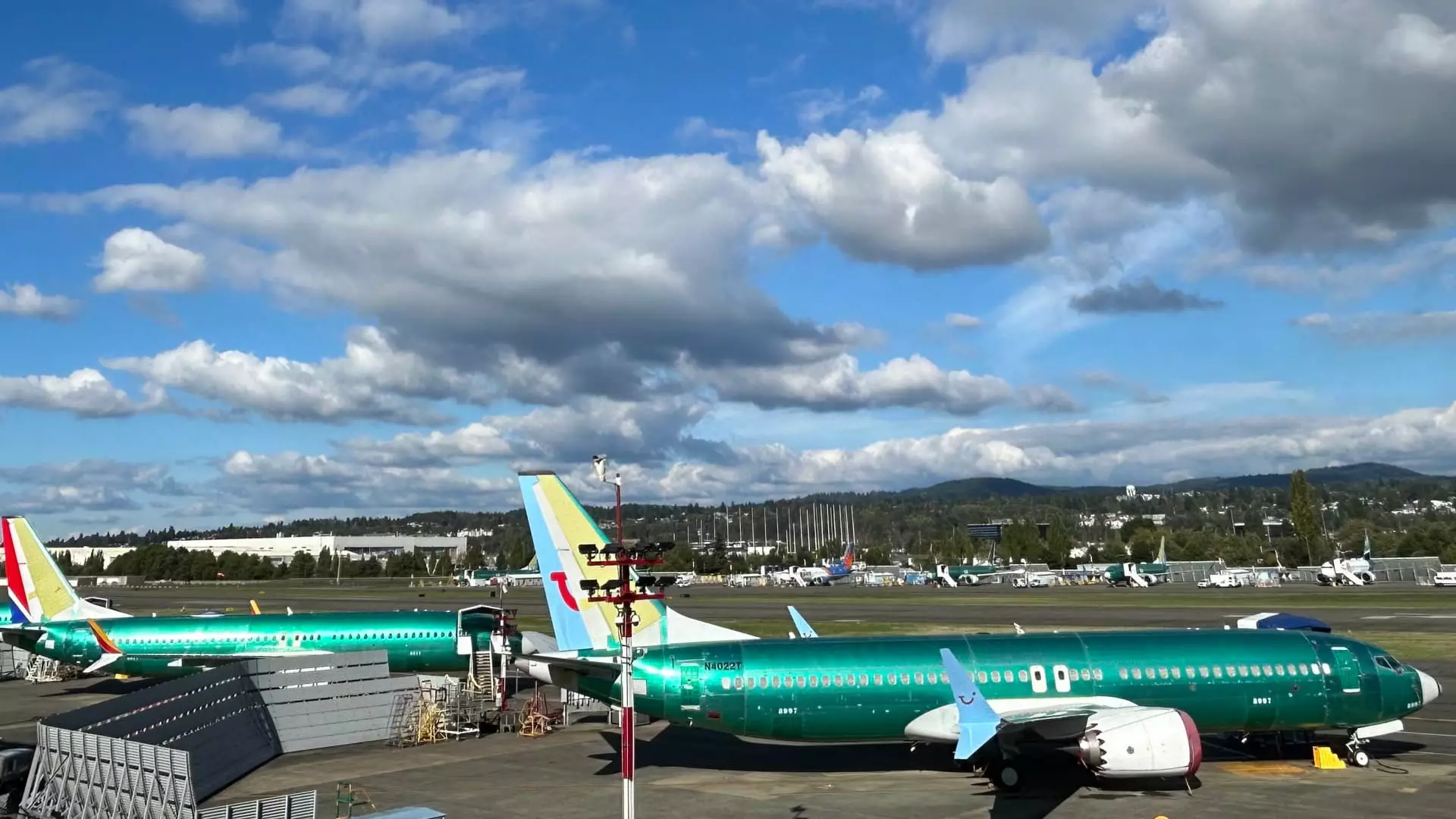The acquisition of new Air Force One jets has become a contentious issue, reflecting the complexities of government contracts, corporate responsibilities, and the broader implications of aviation delays. As President Donald Trump has made it abundantly clear, the long wait for two Boeing 747s designated to serve as the next Air Force One has been painfully frustrating. Initial negotiations for these aircraft began during his first term, culminating in a staggering $4 billion contract, yet it remains uncertain if they will be delivered during his current presidency. This scenario raises questions about government oversight and accountability in multimillion-dollar contracts, especially when cost overruns have already exceeded $2 billion.
Delay is not merely a logistical inconvenience; it affects national pride and perception. Air Force One represents more than a mode of transportation; it symbolizes American power and presence on the world stage. For the sitting president, arriving in a new, state-of-the-art aircraft is both a practical necessity and a public image issue. The growing chasm between expectation and reality can lead to public frustration, which may have political ramifications. Trump’s expressions of discontent are not just personal grievances; they resonate with a broader audience that expects efficiency and effectiveness from government operations.
Moreover, the anticipation of the new aircraft carries with it an implication of modernity and innovation—a promise in stark contrast to the unresolved delays. These jets are expected to be equipped with advanced technological features and security enhancements that align with contemporary challenges. The contrast between what has been promised and what has materialized can significantly impact public trust in both the aerospace industry and the government agencies that oversee procurement.
The situation has evolved further with the involvement of high-profile figures like Elon Musk, who, despite leading SpaceX—an apparent competitor of Boeing—has agreed to lend his expertise to expedite delivery. Boeing’s CEO Kelley Ortberg articulated Musk’s role during a Barclays industrials conference where he highlighted the need to eliminate non-essential constraints hampering production timelines. This partnership raises critical questions surrounding collaboration across competitive sectors, particularly how outside expertise can remedy systemic issues within a corporate behemoth.
However, this collaboration is not without its skeptics. Engaging in partnerships with rivals such as Musk may compound issues, introducing the potential for divided motivations. While Musk’s innovations could lead to efficiencies, his involvement also invites scrutiny: can a company remain focused solely on its obligations when external influences—potential competitors—are involved?
The troubles faced in delivering not only Air Force One but also other Boeing aircraft are symptomatic of deeper, systemic challenges within the company. Historically, Boeing has been a linchpin in the aviation industry; however, several incidents—including supply chain disruptions exacerbated by the post-pandemic travel demand surge—have highlighted vulnerabilities. A near-catastrophic incident concerning a door-plug blowout further complicated Boeing’s operational capacity, leading to executive shake-ups and growing customer dissatisfaction.
Despite these hurdles, there are glimmers of optimism. Analysts and executives from major airlines, such as United Airlines and Southwest Airlines, have noted a potential turnaround under Ortberg’s leadership. Their feedback suggests that confidence in Boeing’s capacity to fulfill orders is slowly returning. This evolving sentiment, coupled with Ortberg’s assurances regarding the 737 Max production ramp-up, offers a renewed hope for corporate stability.
The journey toward securing new Air Force One planes is fraught with complexity and critical lessons about operational efficiency, accountability, and corporate governance. As President Trump navigates frustrations and potential alternatives, the focus must shift to not just resolving the immediate delays but also to the overarching health of Boeing as a company. The implications of these developments will extend beyond the bellwether aircraft and will serve as a case study for future government contracts and corporate accountability in a rapidly changing industry landscape. The series of challenges faced today dictate a need for renewed strategies if Boeing hopes to regain its standing and restore the confidence of not just the U.S. government but also the broader airline community.

